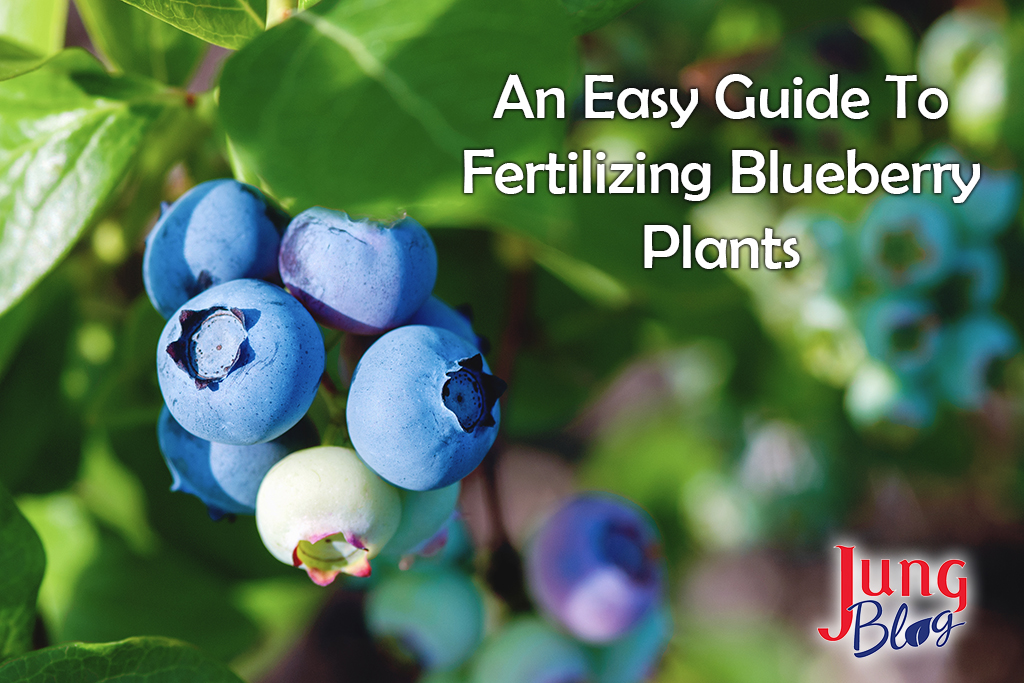
Fertilizing is one of the requirements your blueberry plant needs to stay healthy and produce delicious fruit. However, there are some guidelines you should follow when applying fertilizers. Here are some of our top tips for fertilizing your blueberry bushes.
Types of Fertilizers
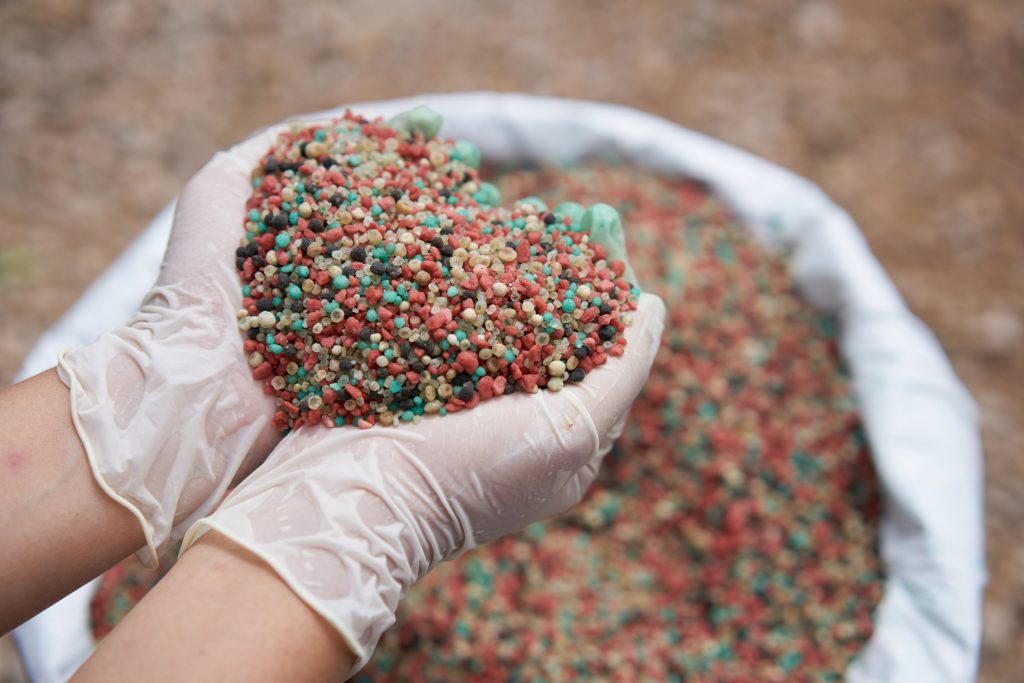
Proper fertilization of blueberries is just as important as providing them with the proper soil pH. Since blueberries thrive in low soil pH (4.5 – 5.5), it is recommended to choose an acidic, water-soluble fertilizer, similar to what you would feed Azaleas and Rhododendrons like Jack’s Classic® Acid Special with 17-6-6 formulation, or you can utilize Espoma® organic Holly-tone® with 4-3-4 formulation that also contains 5% sulfur.
When To Apply Fertilizers
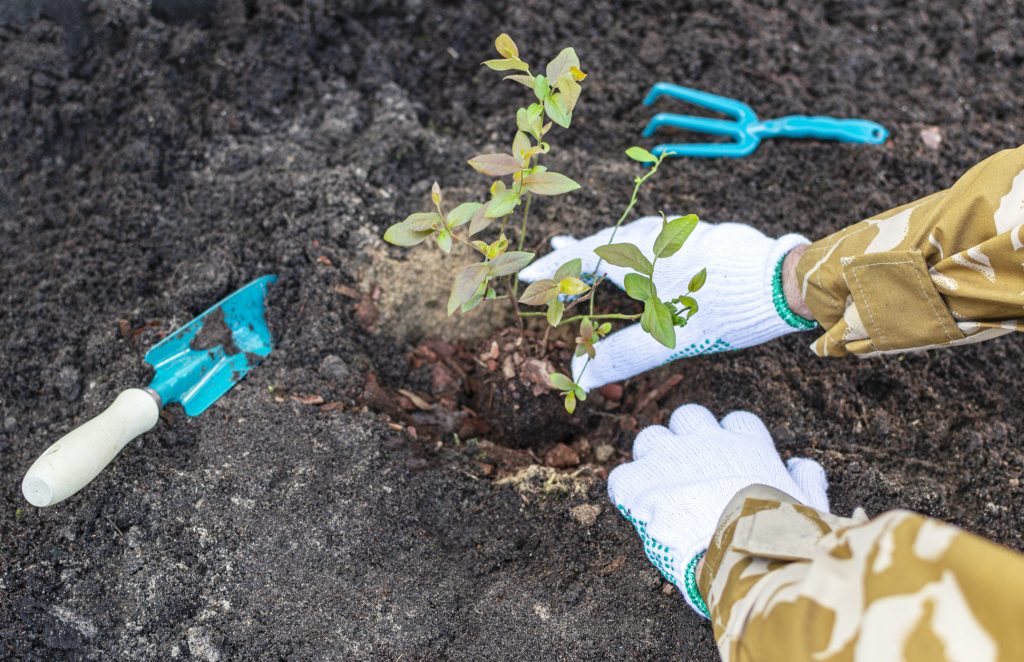
Fertilizing should happen in early spring (before leaves appear) and then again in late spring to early summer. Application rates and timing will vary depending on what product you choose to fertilize with. Read and follow all the directions for whatever fertilizer you use.
Blueberry plants grow slowly, so do be patient. It takes several years for them to reach maturity to begin bearing fruits consistently. Generally, younger blueberry plants should be fertilized more in their first two to three years of development.
When Not To Fertilize
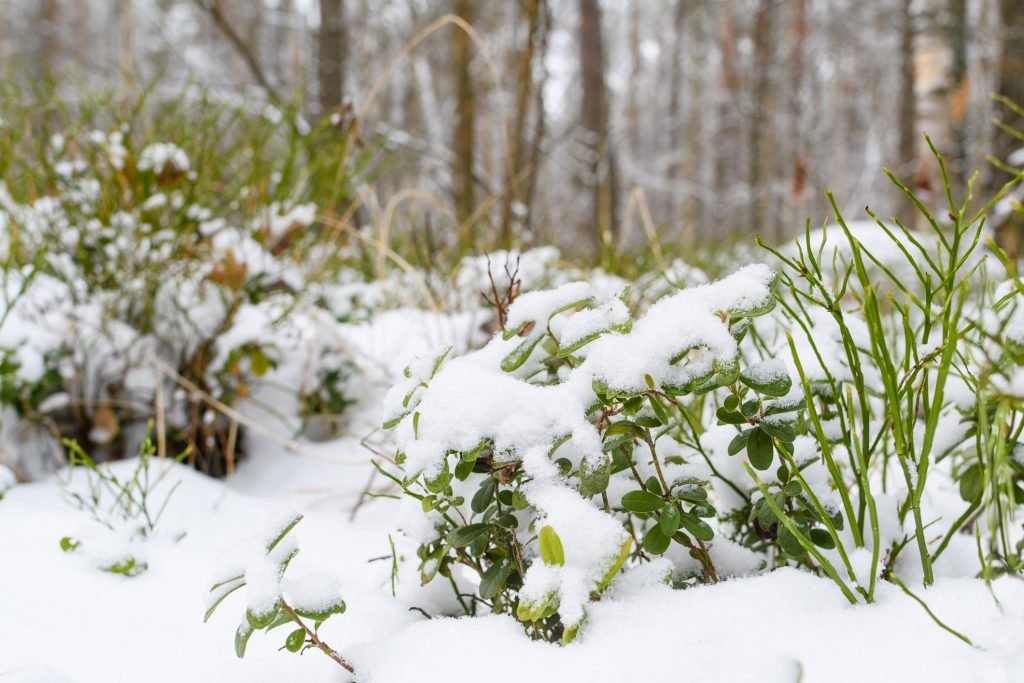
Feeding perennial and woody plants going into winter will prevent them from going into necessary dormancy. This can cause severe and permanent winter damage to plants that would normally be considered hardy.
How To Fertilize Your Blueberry Plant
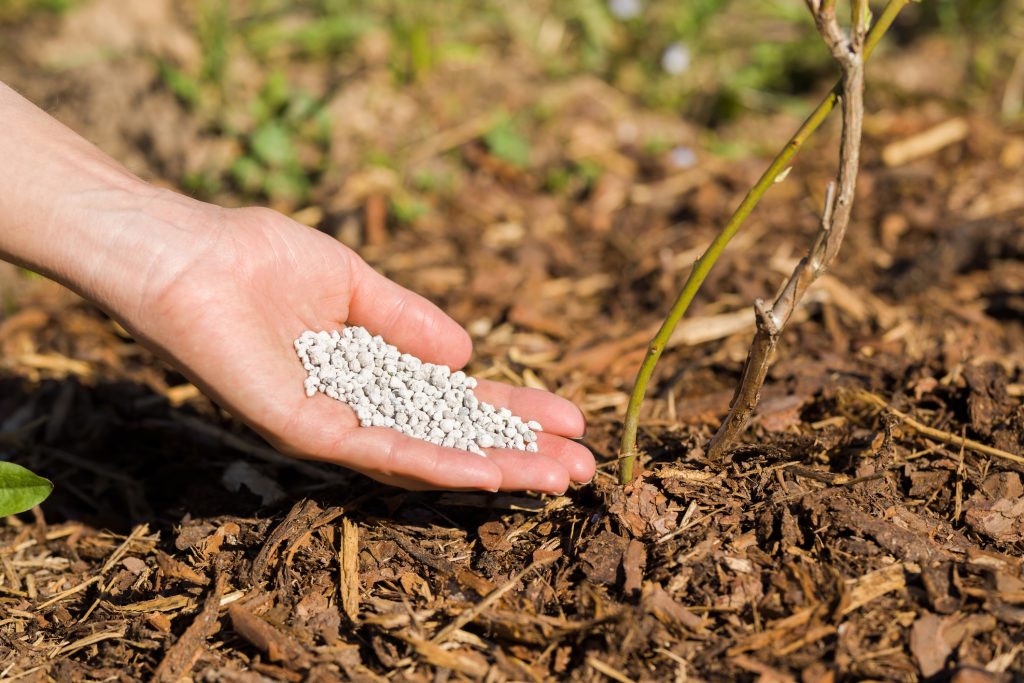
How you feed will depend on the size and overall diameter of the plant you are feeding. In general, if your plant has a 2 ft. diameter, you will need enough water & fertilizer mix to water 2 ft. around the plant.
You should never cultivate or dig around the top of the blueberry plant’s root zone to “rake in” granulated fertilizers because blueberry roots grow shallow. For blueberries, simply apply granulated fertilizer as a top-dressing and water it thoroughly.

Water-soluble plant foods are diluted in water and then poured over the root zone. With water-soluble fertilizers, you do not have to worry about staying back from the main trunk or stems, but most of the “feeder” roots will be out under the dripline of the plant.
As mentioned, their roots will be quite shallow. Something like 70% of their root mass will be in the top 6-8 inches of the soil profile. This is another reason that top-dressing is beneficial to blueberry plants.
Bonus Tip! Mulching For Your Blueberry Plants
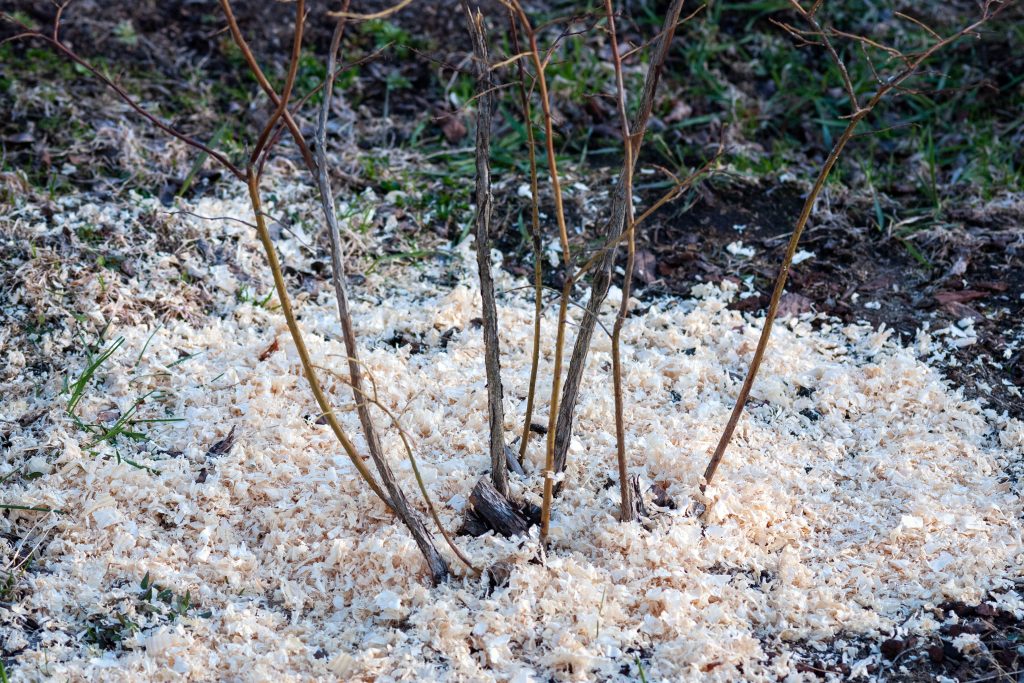
After you fertilize in early spring, we recommend top-dressing around the base of the plants with 4-6 inches of a 50/50 leaf mulch & aged steer manure blend. Once every 3 years, you should add 1 cup of soil sulfur to this blend, to help ensure the soil pH remains predominantly low. Keep the top-dress blend at least 2 inches back from the main trunks. This top-dressing blend will also help maintain consistent soil moisture, and help suppress weeds while providing beneficial microorganisms.
Bonus Tip! Young Blueberry Plants
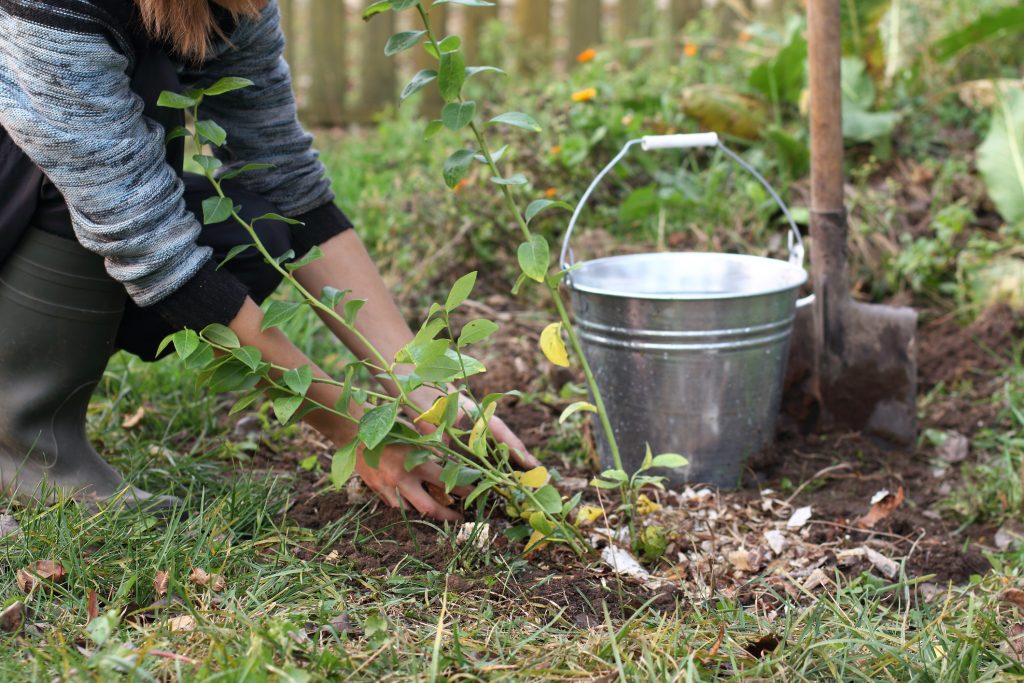
As with other fruiting plants, any blueberry flowers produced in the first 2-3 years should be picked off. It is detrimental, long-term, to allow immature plants to bear fruit too soon. It is exciting to see flowers and fruit, but they should not be allowed to fruit until plants are mature enough to do so.
Troubleshooting Tips
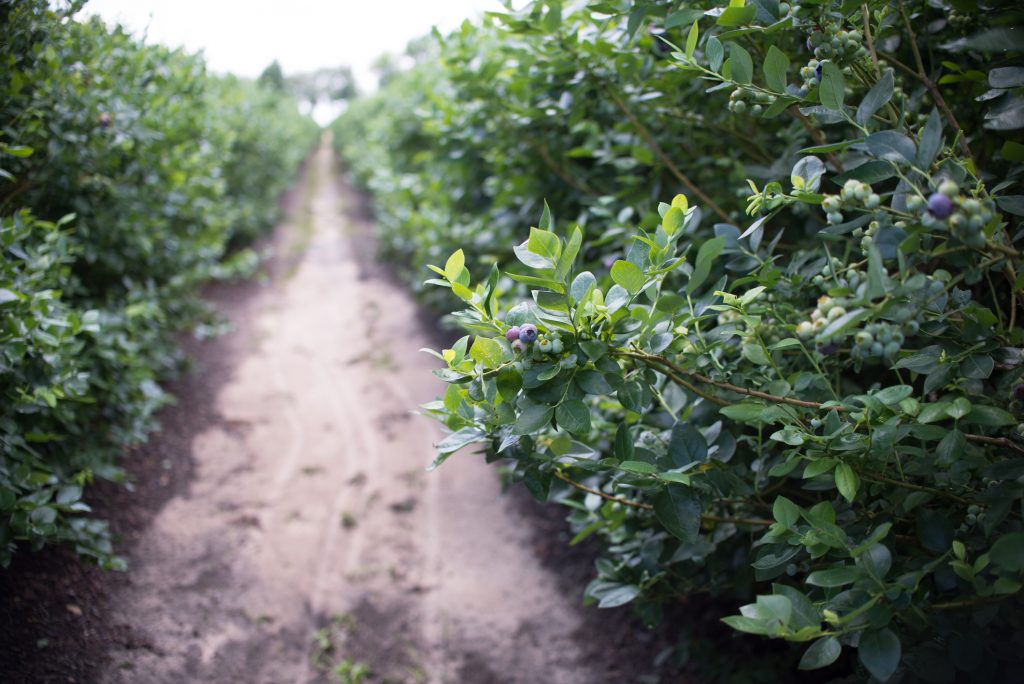
- Blueberry plants that exhibit pale green or reddish colored leaves with small or stunted growth may be short on available nitrogen or the soil pH has risen out of the proper range. Always test the soil pH first, before the addition of any fertilizer. The proper pH range for blueberries is 4.5 to 5.5.
- Soil pH always affects nutrient absorption. If the soil pH is not correct blueberry plants will not thrive and can become weakened which makes them more susceptible to diseases and pests.
- If mature, fruit-bearing plants suffer from poor fruit production or decreasing vigor, these can be signs of nutritional imbalance, improper soil pH, or a combination of both.
- Getting plants to respond to fertilization is a slow process. Fertilizer is not intended as a “quick fix” to growth deficiencies. It is intended for regular annual feedings to help maintain consistent plant health.
Blueberries are a wonderful fruit to grow. They are a superfood filled with antioxidants, vitamin C, and potassium. By showing your blueberry bush some TLC, you’ll be able to enjoy delicious healthy berries for many years.
Additional Blueberry Articles
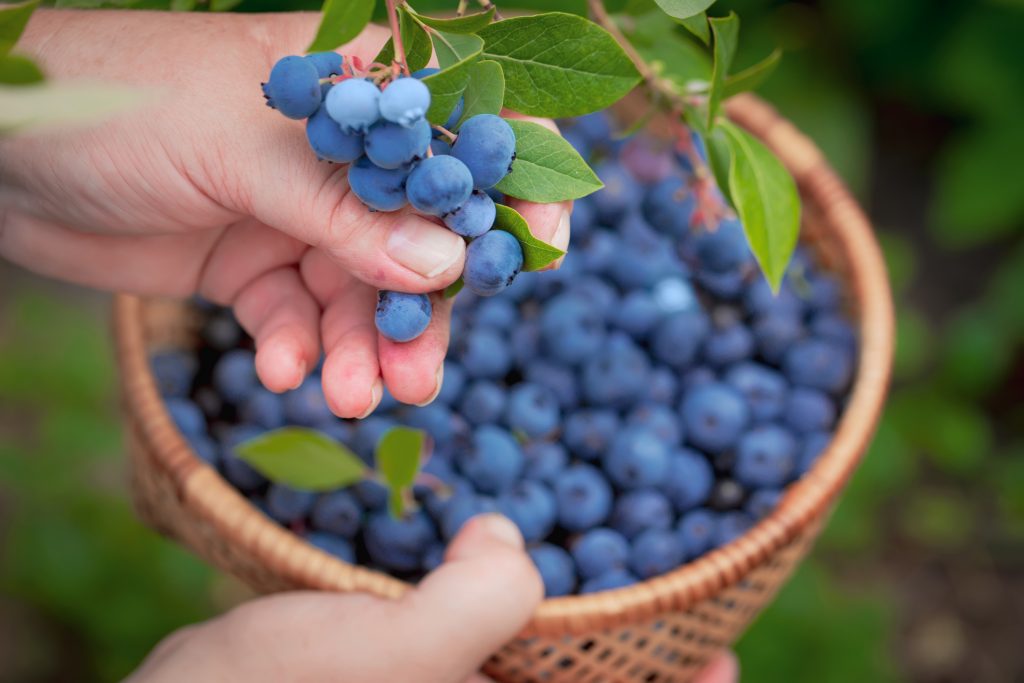
- Top Tips For Fruit Trees: Planting, Caring, & Maintenance
- An Easy Guide To Fruit Tree Rootstocks
- Tree Pruning Techniques & Best Practices
- Why Won’t Fruit Grow On My Trees?
- How To Care For Bare Root Plants and Tips For Planting
- Small Berries and Tips On Growing Them
At Jung Seed Co, we strive to be your go-to guide for all your gardening needs. Our YouTube channel Jung Garden Center now includes our new video series All Things Green where our experts provide gardening tips for all levels of gardeners. When you need reliable gardening advice, turn to the trusted experts at Jung.
View our new catalog online or browse our website for all of your gardening favorites. To receive info on new products, exclusive deals, and specials, be sure to sign up for our weekly email. Join our Facebook page, to discuss all things gardening!
